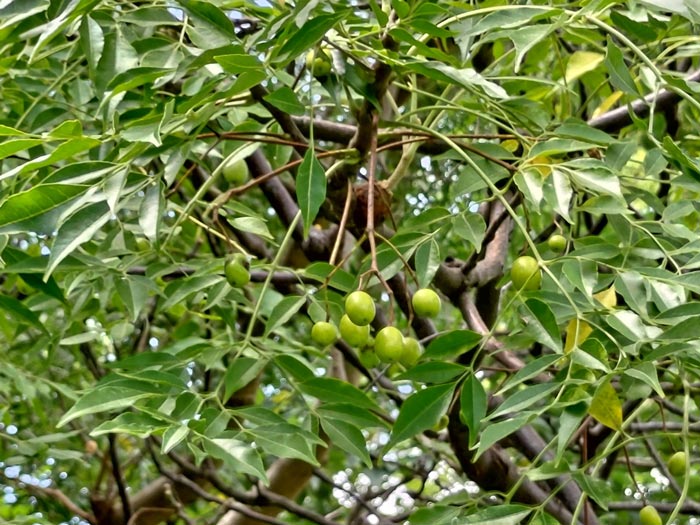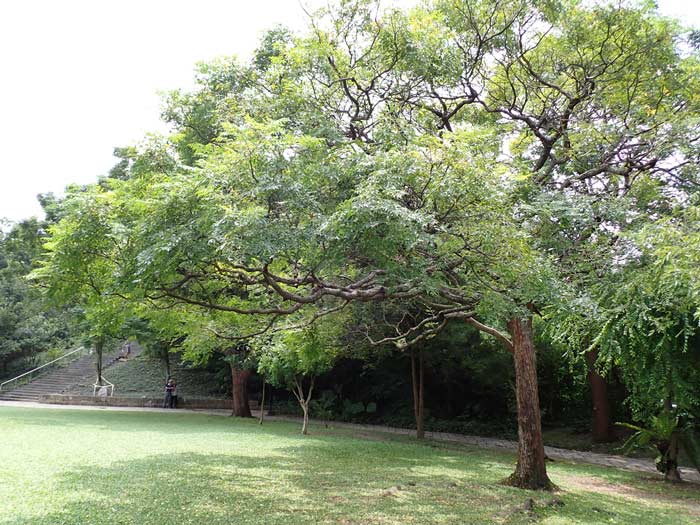Melia azedarach
Although it has “China” in its name, this beautiful tree is not unique to China. In addition to China, it is also native in Korea, the Ryukyus Islands, Japan and Taiwan, and now it has been introduced to many countries around the world and cultivated as an ornamental plant.
The Chinaberry tree generally grows in low land areas in Taiwan, up to 500 meters above sea level. It is planted artificially as street trees and for landscaping purposes. The bitter taste of the Chinaberry fruits has been recorded in ancient Chinese medical classics, and the pronunciation of the Chinese alias “kǔliàn” is similar to that of the Taiwanese word “pitiful,” making it a disliked plant by many Taiwanese, who avoid planting it around their living environments. However, in addition to the medicinal uses of the bark, fruits and flowers, the Chinaberry tree has many other applications. The wood is an excellent furniture material, especially suitable for making wooden boxes and cabinets. The leaves and fruits are used as insect repellents in cabinets. The bark of the tree can be used to extract toosendanin, a natural bio-pesticide, which has low toxicity and can be easily decomposed in the environment, making it worthwhile for further development in the trend of green and ecological agriculture.
The Chinaberry trees are planted next to the large lawn of the Botanical Garden, and they bloom around March every year. The small, delicate flowers bloom all over the tree, expressing brimful spring vibes. The Chinaberry flowers have a distinctive scent. The petals are mauve, and the stamens, a tube of 10 filaments, are the darkest part, unlike most flowers where the petals are the most colorful. The ripe orange fruits in autumn and winter attract many wild animals for foraging, making it a good bird attractant.

